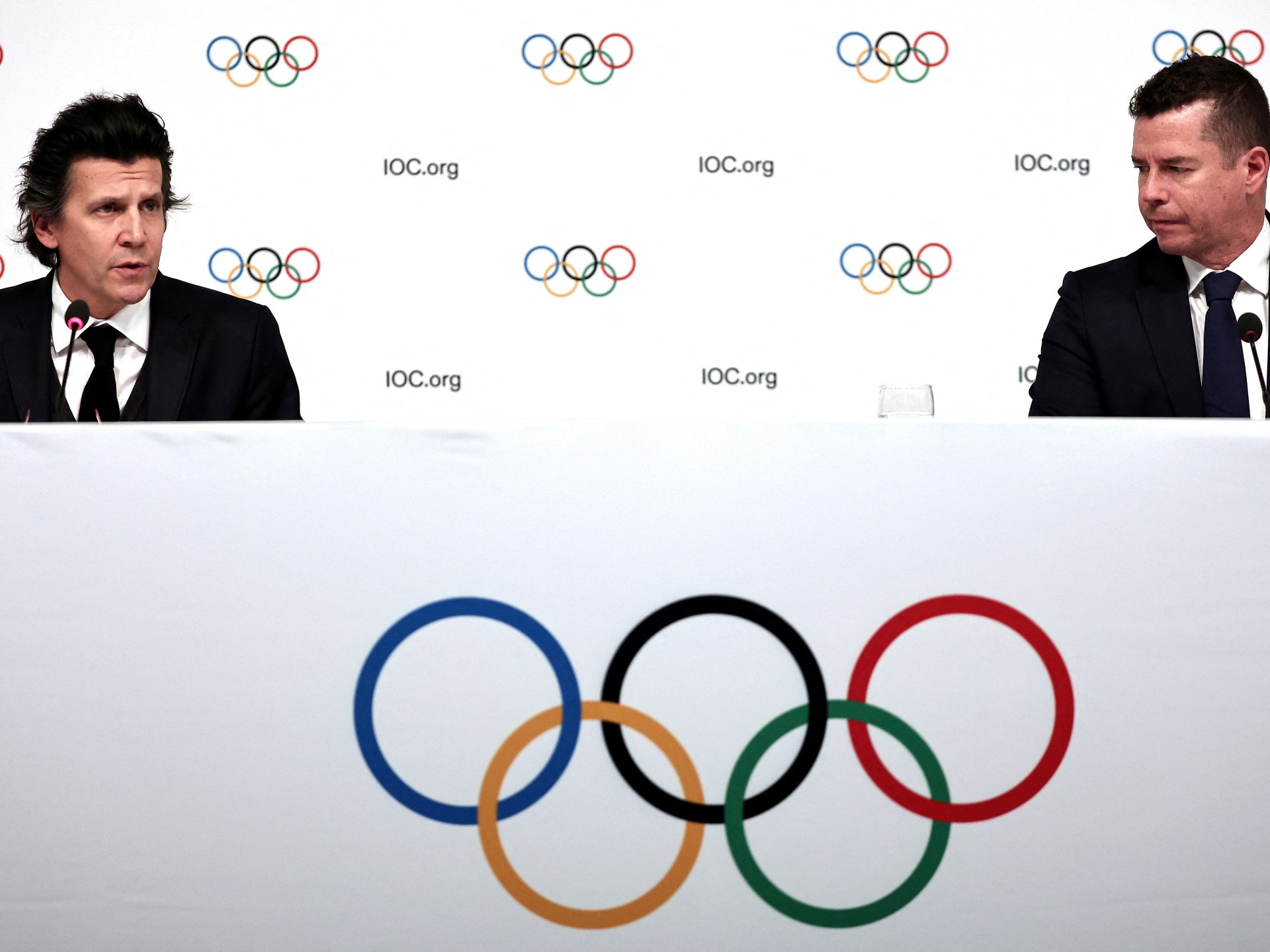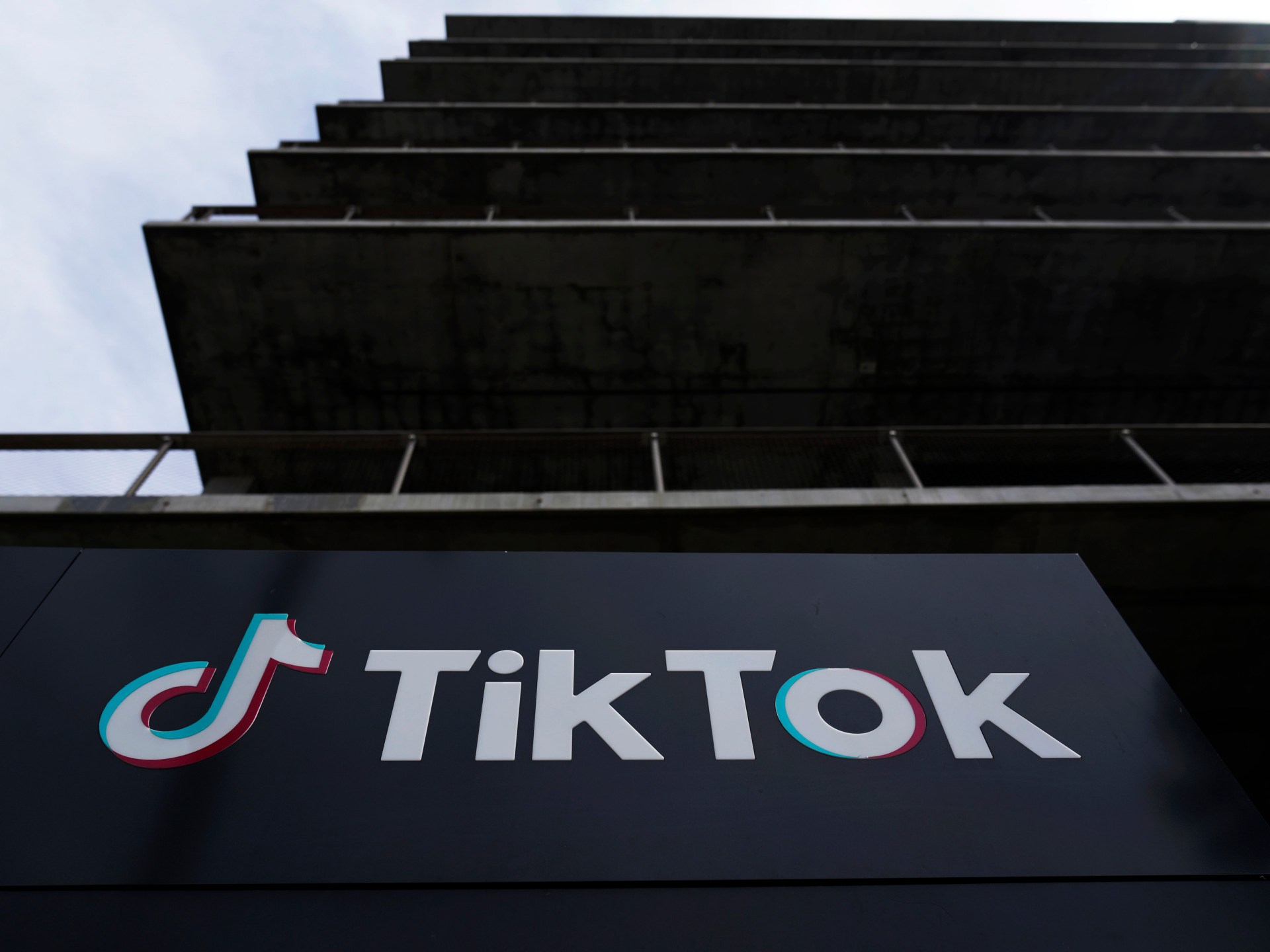What we know about the remaining Israeli captives being held in Gaza | Israel-Palestine conflict News
The retrieval of the bodies of six Israeli captives by the Israeli military from Gaza this week has increased pressure on Prime Minister Benjamin Netanyahu to secure the release of those who remain.
On October 7, 239 people were taken captive during the Hamas-led attacks on southern Israel. As part of a temporary truce in November, 105 captives were released by Hamas in exchange for 240 Palestinian prisoners held in Israeli prisons.
The Israeli army has led operations to retrieve others since then while three captives who apparently escaped were mistakenly killed by Israeli armed forces in December when they were trying to return home.
The Israeli army said the bodies of the six people retrieved on Tuesday were located during an overnight military operation in Khan Younis in southern Gaza.
The army said the bodies were recovered from behind a false wall in a tunnel in an area that had previously been designated a humanitarian zone.
Israel’s chief military spokesperson, Daniel Hagari, said at a news conference afterwards that he was determined to bring home all of those held in Gaza, saying Israel will “not give up on any of them”.
“But we will not be able to bring back all of them in rescue operations,” Hagari said, referring to ongoing ceasefire talks being conducted in Doha by mediators from Qatar, Egypt and the United States to secure the release of captives, ensure more aid can enter Gaza and end the fighting.
What is known about the six people whose bodies were retrieved on Tuesday, and how many captives are still being held in Gaza?
How many captives are still being held in Gaza?
According to the Israeli military, 109 captives remain in Gaza, but only 73 are believed to still be alive.
Most of them were taken by Hamas during the group’s October 7 attacks, which resulted in the deaths of 1,139 Israelis.
Who were the six people whose bodies were retrieved on Tuesday?
The six captives were Chaim Perry, 80; Yoram Metzger, 80; Avraham Munder, 79; Alexander Dancyg, 76; Nadav Popplewell, 51; and Yagev Buchshtav, 35.
According to the Israeli newspaper, Haaretz, the Israeli military had, for the past two months, assumed Perry, Metzger, Dancyg, Popplewell and Buchshtav were dead.
Munder’s death was not known about until the military announced his body had been found on Tuesday.
Munder was taken captive with his wife, Ruth; daughter, Keren; and grandson, Ohad. All three were released during the temporary ceasefire in November.
Metzger’s wife, who was also taken captive on October 7, was also released as part of that deal.
Ohad, aged 9, told Israel’s public broadcaster Kan 11 on Tuesday that the death of his grandfather and the others “shouldn’t have happened”.
“There have already been many times when there were negotiations for (a) deal… and then they say no – and in the end, they don’t want it and always regret it at the last minute. All the hostages could have returned alive even on the first day. They could have brought back grandfather and all the other hostages,” Ohad said.
How many of the captives have been released or rescued so far?
During the six-day November truce, 105 captives were released. Foreign nationals, including one Filipino, one dual Israeli-Russian citizen and 23 Thai citizens were among those released from Gaza.
In February, the army said it had rescued two more captives, named Louis Har, 70, and Fernando Marman, 60, from an apartment building in Rafah in southern Gaza.
During the operation to rescue the two men, massive Israeli air strikes on Rafah killed 67 Palestinian civilians, including women and children.
In June, the army said it had rescued a further four captives; Noa Argamani, 25; Almog Meir Jan, 21; Andrey Kozlov, 27; and Shlomi Zivm 40, who had been taken from a music festival close to the border with Gaza during the October 7 attacks. They were found alive during a military operation in the Nuseirat refugee camp in central Gaza, in which more than 270 Palestinians were killed and 700 injured.
How many of the captives are believed to have died?
While the exact number of captives who have died is unclear, the Israeli military has said it believes about a third of the captives still inside Gaza are dead.
After the June rescue mission, Abu Obeida, the spokesperson for Hamas’s armed wing, the Qassam Brigades, said some of the remaining captives had been killed during Israel’s operation.
Last week, Abu Obeida also announced that one Israeli captive had been killed by a guard in Gaza and two were wounded in a separate incident. He added that the two injured captives were receiving medical care in an attempt to save their lives.
Hagari declined to comment any further about how many captives were believed to still be alive during his news conference on Tuesday.
What do we know about how captives have died?
Hagari said the Israeli army is investigating the deaths of the six captives whose bodies were retrieved on Tuesday after a report by the Israeli news website Ynet alleged that some of the deaths were caused by an Israeli operation in Khan Younis six months ago.
According to the report, the captives may have died from suffocation after the army hit a nearby target, causing the tunnel in which they were held to be flooded with carbon dioxide.
When asked about that report, Hagari declined to confirm whether the captives had been killed as a result of military action. He said the army would inform the families and the public of its findings into how the captives died in due course.
What do Israelis say about the captives?
Protesters in Israel have gathered weekly to demand a ceasefire that could bring the remaining captives home. Another rally is planned for Saturday in Tel Aviv.
The families of the deceased blame Netanyahu and his government for refusing to agree to a deal to bring those still in Gaza home.
Zahiro Shahar Mor, the nephew of Munder, slammed Israeli authorities who he said had “torpedoed” opportunities to sign a ceasefire and bring the captives back earlier.
“My uncle was a war hero who lived his whole life building the country. Hamas took him, but the continuous abandonment is in the hands of the Israeli government,” he told the Reuters news agency.
“I will not stop fighting for them to get [back] the people that are still alive. Otherwise, there is no future for the state of Israel. No one will want to live in a state that does not take care of its citizens, that betrays them and abandons them.”
The Hostages Families Forum, an organisation that represents many families of the captives, renewed its call for the government to agree to a ceasefire with Hamas.
“The direct and full responsibility for the fate of the negotiations rests with the prime minister. The incessant attempts to criticise the negotiation teams, to blame the mediators, the media, the families of the abductees and the abductees themselves – all of these are throwing sand in the eyes,” the group said on X on Wednesday.
“The prime minister is responsible,” it added.
Check out our Latest News and Follow us at Facebook
Original Source






